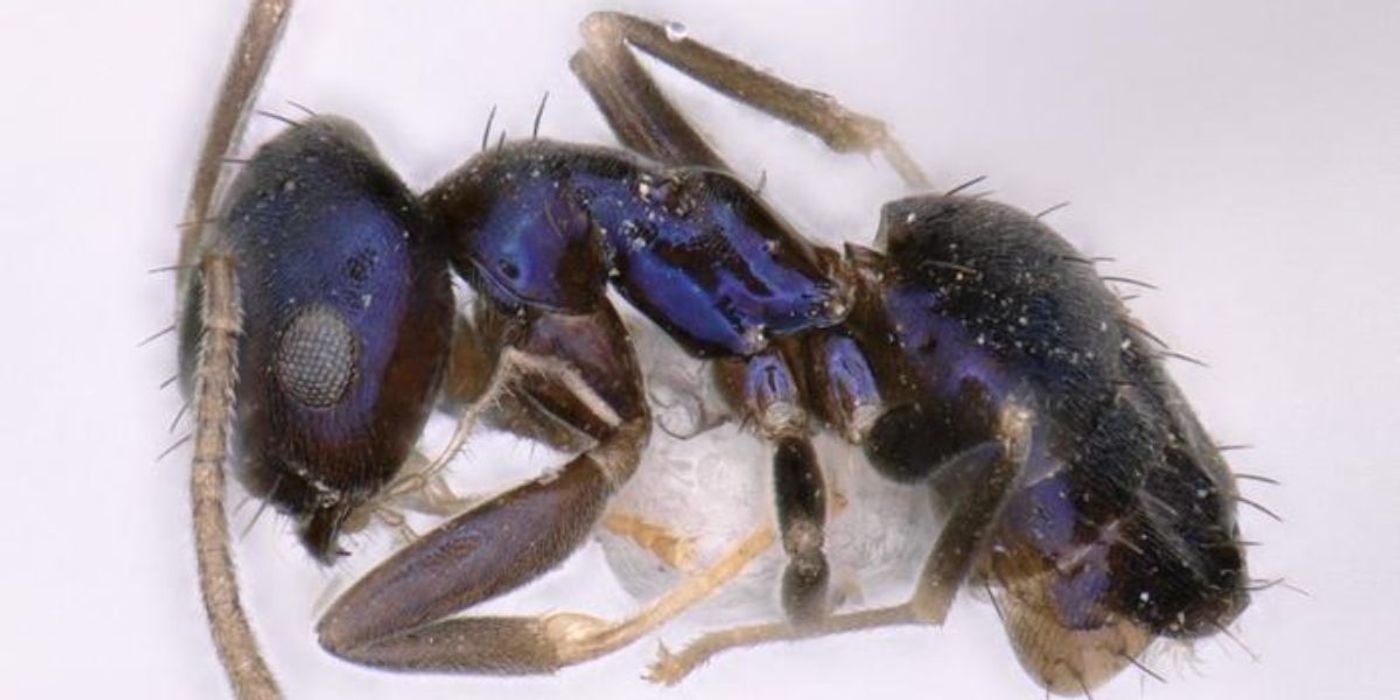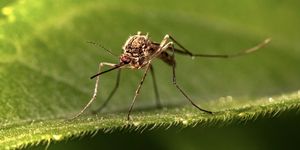'Captivating' Metallic Blue Ants Discovered in Northeast India

A new species of ant has been discovered in Yingku village in Arunachal Pradesh, northeastern India. Unlike common red, black or brown ants, this new species is a ‘captivating metallic-blue’. It marks the first new species of the rare genus Paraparatrechina in 121 years since the description of the only previously known variety, P. aseta. The corresponding study was published in ZooKeys.
The discovery was made during an expedition to the Siang Valley in Arunachal Pradesh in an effort to resurvey its biodiversity following the ‘Abor expedition' during the colonial rule of India between 1911 and 1912. The Abor expedition was a punitive military project against the indigenous people of the area with an accompanying scientific team that recorded biodiversity along the way. Discoveries made at the time included plants, frogs, lizards, birds, and mammals and were published in several volumes in the Records of the Indian Museum.
The current expedition- called the ‘Siang expedition'- was funded by the National Geogrphic Society, and included a team of researchers from Ashoka Trust for Research in Ecology and the Environment (ATREE) in Bengaluru alongside a documentation team from Felis Creations Bangalore.
“Nestled within a Himalayan biodiversity hotspot, Arunachal Pradesh's Siang Valley presents a world of unparalleled diversity, much of it yet to be explored. However, this very richness, both cultural and ecological, faces unprecedented threats. Large-scale infrastructure projects like dams, highways, and military installations, along with climate change, are rapidly altering the valley. The impact extends beyond the valley itself, as these mountains play a critical role not only in sustaining their own diverse ecosystems but also in ensuring the well-being of millions of people living downstream”, said Priyadarsanan Dharma Rajan, corresponding author of the paper, in a press release.
The researchers recounted the moment they first spotted the ants in the same press release: “While exploring a tree hole about 10 feet up in a steep cattle track in the remote Yinku village one evening, something sparkled in the twilight. With the dim light available, two insects were sucked into an aspirator. To our surprise, we later found they were ants.”
After collection, the researchers preserved the ants in absolute alcohol, and later examined them via microscope. They wrote that their unique color, head shape, sculpture, and pubescence patterns helped them confirm their status as a new species.
They called the ant ‘Paraparatrechina neela’- ‘neela’ meaning the color blue in many Indian languages. The ant has a total length of less than 2mm, has large eyes, a triangular mouthpart with five teeth, and is predominantly metallic blue in color, except for its antennae, mandibles, and legs. While blue coloration is commonly observed in some insects, such as butterflies and beetles, it is relatively rare in ants. Of the known species and subspecies of ants in the world, just a few are blue or metallic.
In their paper, the researchers wrote that the vibrant color of the ant raises ‘intriguing questions’: “Does it help in communication, camouflage, or other ecological interactions? Delving into the evolution of this conspicuous coloration and its connections to elevation and the biology of P. neela presents an exciting avenue for research."
Sources: EurekAlert, ZooKeys








